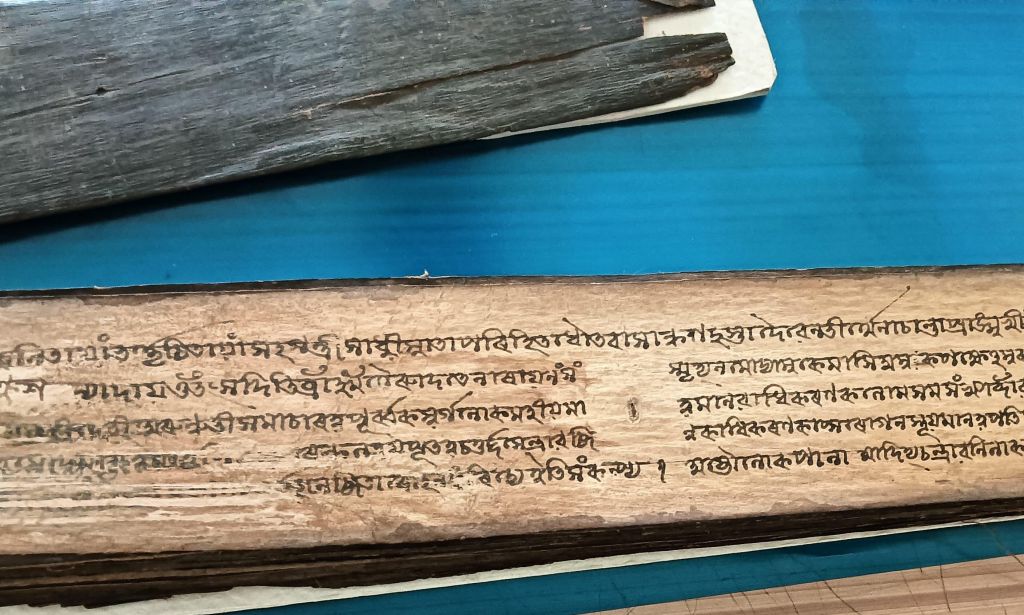
Guwahati, April 1: A parliamentary committee has recommended the development of an advanced knowledge extraction framework, including an AI-powered platform to digitise manuscript images, make them searchable, and provide provisional translations across major Indian languages. The move aims to enhance accessibility and preservation of India’s vast manuscript heritage.
The Standing Committee on Transport, Tourism, and Culture, in its report on the ‘Demands for Grants (2025-26) of the Ministry of Culture’ presented in Parliament last week, suggested a comprehensive training programme for grassroots-level personnel, termed ‘Pandulipi Mitras’. These trained individuals would assist in the documentation, preservation, and digitisation of manuscripts at local levels.
Building upon existing digitisation efforts, the committee recommended the creation of ‘Pandulipi Patala 2.0’—an AI-enhanced digital platform with advanced search capabilities. The proposed system would support multiple scripts and languages, enable semantic linking of related manuscripts across repositories, and allow verified researchers to contribute transcriptions and translations.
Additionally, a version control system would track changes in manuscript interpretation and conservation status, ensuring better documentation. The panel also proposed the use of blockchain technology for manuscript provenance documentation, which would create immutable records of ownership, prevent illicit trafficking, and enable secure digital certification of authenticity for digitised manuscripts.
To enhance research accessibility, the committee suggested the development of standardised Application Programming Interfaces (APIs) to integrate Indian manuscript databases with global digital humanities platforms. This would allow scholars to build specialised research tools using digitised manuscripts.
A cloud-based digital preservation infrastructure with geographically distributed backups was also recommended. Such a system would ensure long-term accessibility of digitised manuscripts despite technological changes or natural disasters.
The report noted that while the National Mission for Manuscripts (NMM) has made progress in digitisation, its current approach remains limited to basic documentation rather than fostering an interactive research ecosystem. To address this gap, the committee proposed the establishment of five specialised Conservation Research Laboratories focusing on different manuscript materials—palm leaf, birch bark, paper, cloth, and metals.
These laboratories would focus on non-invasive preservation techniques, research into environmentally sustainable conservation materials, and the development of evidence-based protocols for manuscript restoration.
The committee underscored that mere digitisation without knowledge extraction and meaningful access would limit the cultural and scholarly impact of the NMM’s work. By developing a comprehensive digital ecosystem, the recommendations aim to transform static manuscripts into dynamic knowledge resources that can be widely accessed and researched.
The report has been submitted to the Ministry of Culture for further consideration, and if implemented, these recommendations could revolutionise the way India preserves and engages with its rich manuscript heritage.